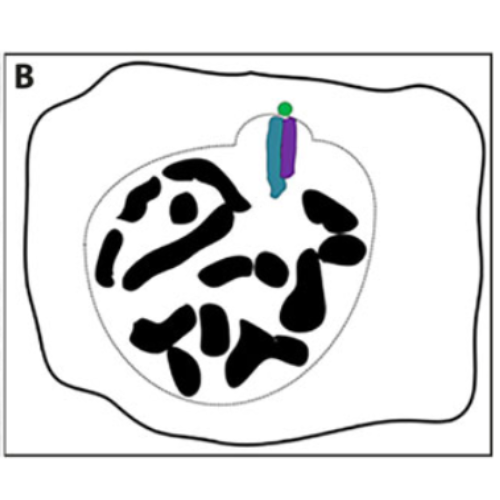Back to the roots: segregation of univalent sex chromosomes in meiosis.
In males of many taxa, univalent sex chromosomes normally segregate during the first meiotic division, and analysis of sex chromosome segregation was foundational for the chromosome theory of inheritance. Correct segregation of single or multiple univalent sex chromosomes occurs in a cellular environment where every other chromosome is a bivalent that is being partitioned into homologous chromosomes at anaphase I. The mechanics of univalent chromosome segregation vary among animal taxa. In some, univalents establish syntelic attachment of sister kinetochores to the spindle. In others, amphitelic attachment is established. Here, we review how this problem of segregation of unpaired chromosomes is solved in different animal systems. In addition, we give a short outlook of how mechanistic insights into this process could be gained by explicitly studying model organisms, such as Caenorhabditis elegans.

- Chromosoma. 2016 Jun;125(2):277-86.
- 2016
- Cell Biology
- 26511278
- PubMed
Enabled by:
